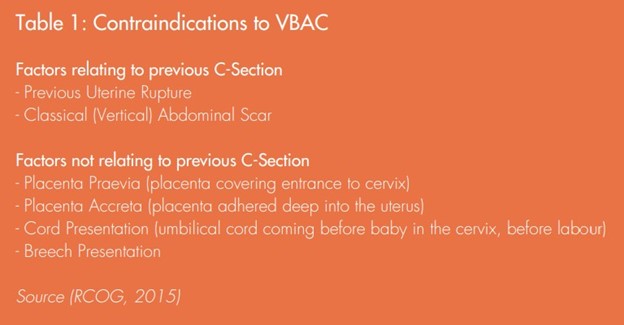A patient is being assisted to the bathroom for the first time after Caeserean delivery. A recent experience caused a sudden fall made the client end up at the hospital. The options for the practical nurse (PN) are:
Maximize resting and avoid undue pressure on the cesarean incision.
Return the patient to bed and maintain bed rest until the local flow stabilizes.
Adjust IV fluid flow rate and continue to monitor the local flow amount.
Withhold bladder emptying until the Foley catheter is removed and contract the fundus.
The Correct Answer is B
The patient experienced a sudden guard while being assisted to the bathroom, which led to their hospitalization. The most appropriate action for the practical nurse (PN) in this situation is to prioritize the patient's safety and well-being. Returning the patient to bed and maintaining bed rest allows for stability and minimizes the risk of further complications or injury. By providing a safe and controlled environment, the PN can monitor the patient's condition and collaborate with the healthcare team to determine the appropriate course of action moving forward.
Options a), c), and d) are not relevant or appropriate in this context.
Nursing Test Bank
Naxlex Comprehensive Predictor Exams
Related Questions
Correct Answer is C
Explanation
A. Reporting drainage around the GT site is important for monitoring for infection, but it is not the most critical safety measure during the bath.
B. Using pillows to position the client can provide comfort and support, but it does not prevent a serious complication.
C. Keeping the head of the bed raised during continuous tube feeding is essential to reduce the risk of aspiration, which is a priority safety concern.
D. Raising the bed can reduce back strain for the UAP, but client safety takes precedence over staff ergonomics in this context.
Correct Answer is B
Explanation
Knowing the type of uterine incision from the previous cesarean section is crucial when considering the option of vaginal birth after cesarean (VBAC). The type of incision can provide important insights into the potential risks and complications associated with a trial of labor.
Specifically, a low transverse uterine incision is considered the most favorable for VBAC, as it has a lower risk of uterine rupture compared to other types of incisions, such as a classical or vertical incision.
A. While information about the client's intent regarding breastfeeding of the newborn is important for providing appropriate support and education, it does not have a direct impact on the decision-making process for VBAC.
C. A history of contracting Herpes simplex virus is relevant to the client's overall health and may have implications for the management of the pregnancy, but it is not directly related to the decision regarding VBAC.
D. The religious preference of the client's family, while important for respecting cultural and spiritual beliefs, does not have a direct impact on the decision-making process for VBAC.

Whether you are a student looking to ace your exams or a practicing nurse seeking to enhance your expertise , our nursing education contents will empower you with the confidence and competence to make a difference in the lives of patients and become a respected leader in the healthcare field.
Visit Naxlex, invest in your future and unlock endless possibilities with our unparalleled nursing education contents today
Report Wrong Answer on the Current Question
Do you disagree with the answer? If yes, what is your expected answer? Explain.
Kindly be descriptive with the issue you are facing.
